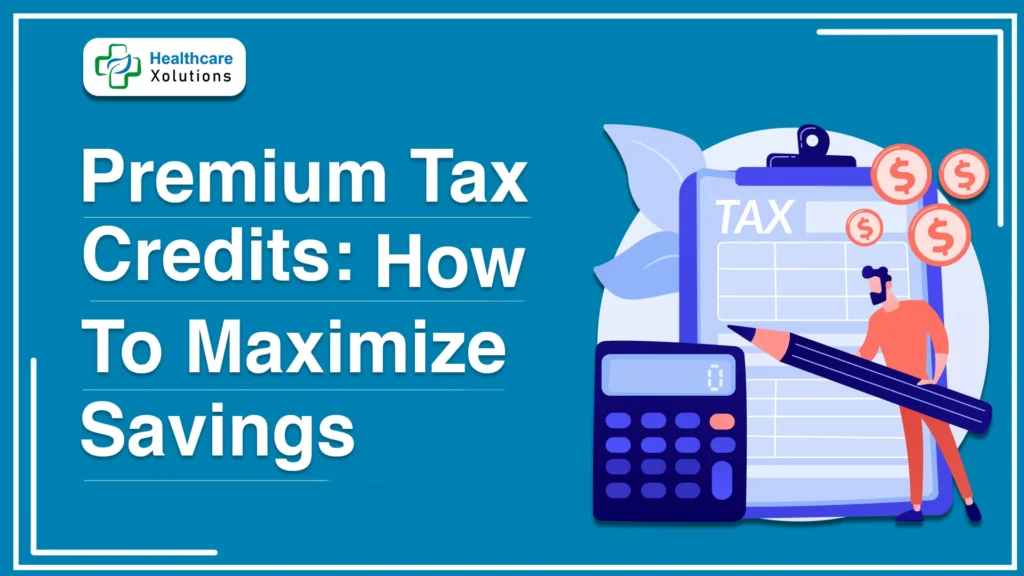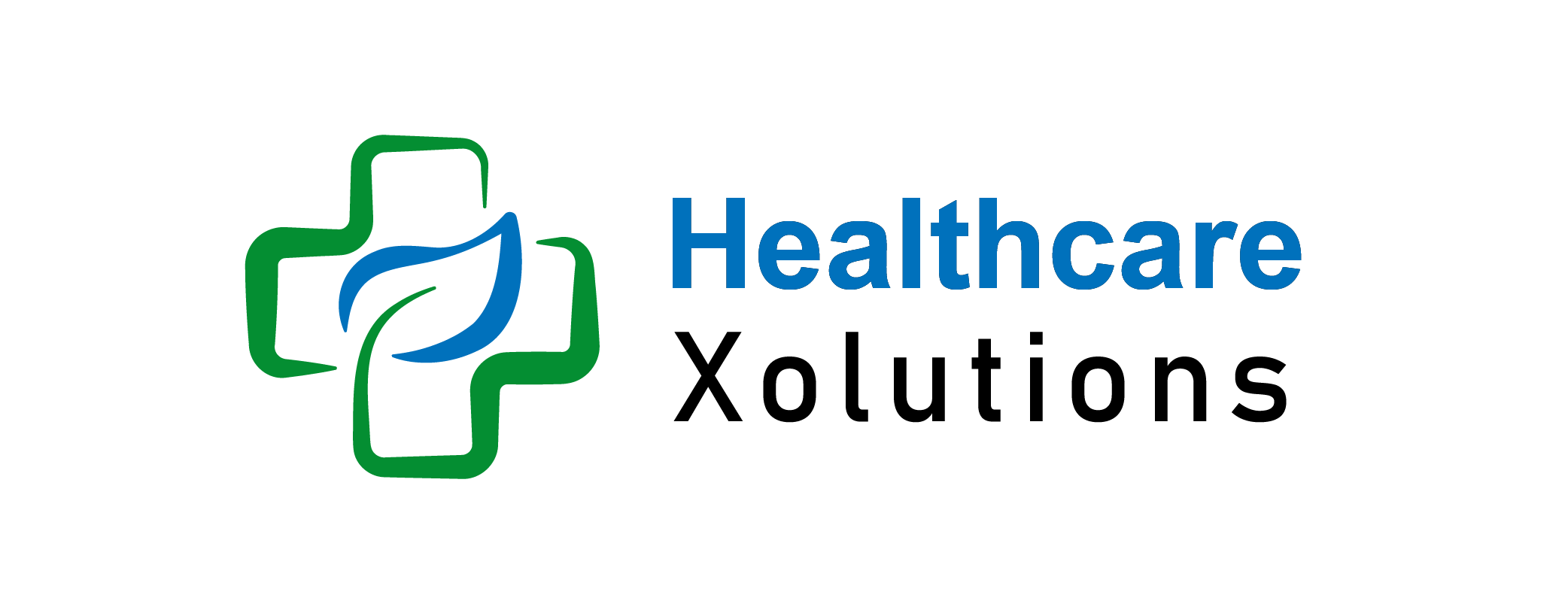Premium Tax Credits and ACA Insurance: How to Maximize Savings

The Affordable Care Act (ACA) not only transformed the way Americans access healthcare but also made it more affordable for millions of people through the introduction of premium tax credits. These tax credits, designed to reduce the cost of health insurance for eligible individuals and families, play a crucial role in helping people obtain and maintain coverage through the ACA’s Health Insurance Marketplace.
This article will explain in detail how ACA insurance and tax credits work, who qualifies for them, and how they benefit individuals and families by reducing their healthcare costs.
Read More: How To Enroll in ACA Insurance During Open Enrollment
Key Takeaways:
- The American Rescue Plan and Inflation Reduction Act expanded and extended tax credit eligibility, making health insurance more affordable for a broader range of people through 2025.
- Premium tax credits make health insurance more affordable for millions of Americans by lowering the cost of monthly premiums for ACA Marketplace plans.
- Eligibility for tax credits is based on income, with individuals and families earning between 100% and 400% of the federal poverty level qualifying, though recent changes expanded eligibility.
- Tax credits can be applied monthly or claimed at tax time, giving consumers flexibility in how they reduce their healthcare costs.
- Changes in income or household size during the year can impact your eligibility for tax credits, so it’s essential to report these changes to avoid over- or underpayment.
Table of Contents
What Are ACA Premium Tax Credits?
ACA premium tax credits are a form of financial assistance that helps lower the cost of monthly premiums for health insurance purchased through the Health Insurance Marketplace. The goal of these tax credits is to make health insurance more affordable, particularly for low- and moderate-income individuals and families who may otherwise struggle to pay for coverage.
The amount of the tax credit is based on several factors, including:
- Household income: Your income must fall between 100% and 400% of the federal poverty level (FPL). However, recent changes under the American Rescue Plan Act (ARPA) and Inflation Reduction Act (IRA) have temporarily expanded the eligibility beyond 400% FPL.
- Household size: The number of people in your household, including dependents, impacts your income threshold and eligibility for tax credits.
- Cost of coverage: The tax credit is calculated based on the cost of the second-lowest-cost Silver plan (the benchmark plan) available in your area.
- Geographic location: Insurance costs vary by region, and the premium tax credit is adjusted based on the cost of plans in your location.
These credits are refundable, meaning that even if your tax liability is lower than the amount of the credit, you will still receive the difference as a refund. You can apply the tax credit directly to your monthly premium, reducing the amount you have to pay out of pocket, or you can claim it as a lump sum when you file your taxes.
Read More: Where Does ACA Funding Come From? A Complete Guide
How Do Premium Tax Credits Work?
When you apply for health insurance through the Health Insurance Marketplace, the system automatically calculates your eligibility for premium tax credits based on the information you provide, such as your household income and size. If you qualify for the credit, you can choose how to receive it:
- Advance Premium Tax Credit (APTC): The most common option is to have the tax credit applied directly to your monthly premiums. This reduces your out-of-pocket costs for health insurance throughout the year. For example, if your monthly premium is $500 and you qualify for a $200 tax credit, you’ll only pay $300 per month for coverage.
- Year-End Lump Sum: Alternatively, you can choose to pay your full monthly premium and claim the tax credit as a lump sum when you file your federal income tax return. This option may be beneficial if your income fluctuates and you’re unsure whether you’ll qualify for the credit at the end of the year.
It’s important to note that if your income or household size changes during the year, it can affect your eligibility for tax credits. If you receive more in tax credits than you’re eligible for based on your final income, you may have to repay the excess amount when you file your taxes. On the other hand, if you qualify for a larger credit than you received throughout the year, you’ll get the difference when you file your taxes.
Who Qualifies for ACA Premium Tax Credits?
To qualify for ACA premium tax credits, you must meet several key criteria:
- Income Between 100% and 400% of the FPL: For most individuals, eligibility for premium tax credits is based on income falling between 100% and 400% of the federal poverty level (FPL). As of 2023, this range is approximately $14,580 to $58,320 for an individual and $30,000 to $120,000 for a family of four. Under the American Rescue Plan and Inflation Reduction Act, individuals earning more than 400% FPL may still qualify for tax credits in certain situations, such as if the cost of coverage exceeds a specific percentage of their income.
- U.S. Citizenship or Legal Residency: You must be a U.S. citizen or legal resident to qualify for premium tax credits. Undocumented immigrants are not eligible for the credits, although they can still purchase insurance through the Marketplace at full cost.
- No Affordable Employer Coverage: If you have access to affordable health insurance through your employer, you may not qualify for premium tax credits. Employer coverage is considered affordable if the cost of the plan for an employee is less than 9.12% of their household income in 2023. If your employer offers affordable coverage, you are generally ineligible for premium tax credits, even if you decide to buy a plan through the Marketplace.
- No Eligibility for Government Programs: If you qualify for other government programs, such as Medicaid or Medicare, you are not eligible for premium tax credits.
Expanded Tax Credit Eligibility Under ARPA and IRA:
The American Rescue Plan Act (ARPA), passed in 2021, temporarily expanded access to premium tax credits. Under ARPA:
- Individuals with incomes over 400% of the FPL could qualify for tax credits if their premiums exceeded 8.5% of their household income.
- The amount of tax credits was increased for lower-income individuals, making coverage more affordable.
- These expanded subsidies were set to expire at the end of 2022, but the Inflation Reduction Act (IRA) extended these provisions through 2025, continuing to make premium tax credits available to more Americans.
This expansion has been a game-changer for many people who previously did not qualify for financial assistance but now benefit from more affordable health insurance.
Cost-Sharing Reductions (CSRs):
In addition to premium tax credits, the ACA provides cost-sharing reductions (CSRs) for individuals with incomes between 100% and 250% of the federal poverty level. These reductions lower out-of-pocket costs like deductibles, copayments, and coinsurance for Silver-tier plans purchased through the Marketplace.
If you qualify for CSRs, you must choose a Silver plan to receive the benefits. The reductions can make Silver plans more affordable and reduce your overall healthcare spending.
Conclusion:
The Affordable Care Act’s premium tax credits are one of the law’s most significant tools for making health insurance affordable to millions of Americans. These credits, calculated based on household income, size, and the cost of coverage, provide critical financial assistance, allowing people to access the care they need without facing overwhelming healthcare expenses. Understanding how tax credits work and how changes in your income or household can affect your eligibility is crucial for maximizing your savings.
As health insurance remains a vital component of financial security, the ACA’s tax credits will continue to play a key role in helping Americans access quality, affordable care.
